Alphabet understanding Normal Alphabet Worksheets for Ages 5-9
7 filtered results
-
From - To
Help your child master the alphabet with our engaging Normal Alphabet Worksheets for Ages 5-9! These printable resources are designed to make learning fun and effective, covering all 26 letters with a combination of vibrant visuals and interactive exercises. Each worksheet aims to enhance letter recognition, phonics understanding, and handwriting skills. Ideal for young learners, these materials provide a comprehensive approach to alphabet education, ensuring your child can effortlessly identify and write each letter. Explore our selection and give your child the tools they need for early literacy success. Perfect for at-home learning or classroom use!
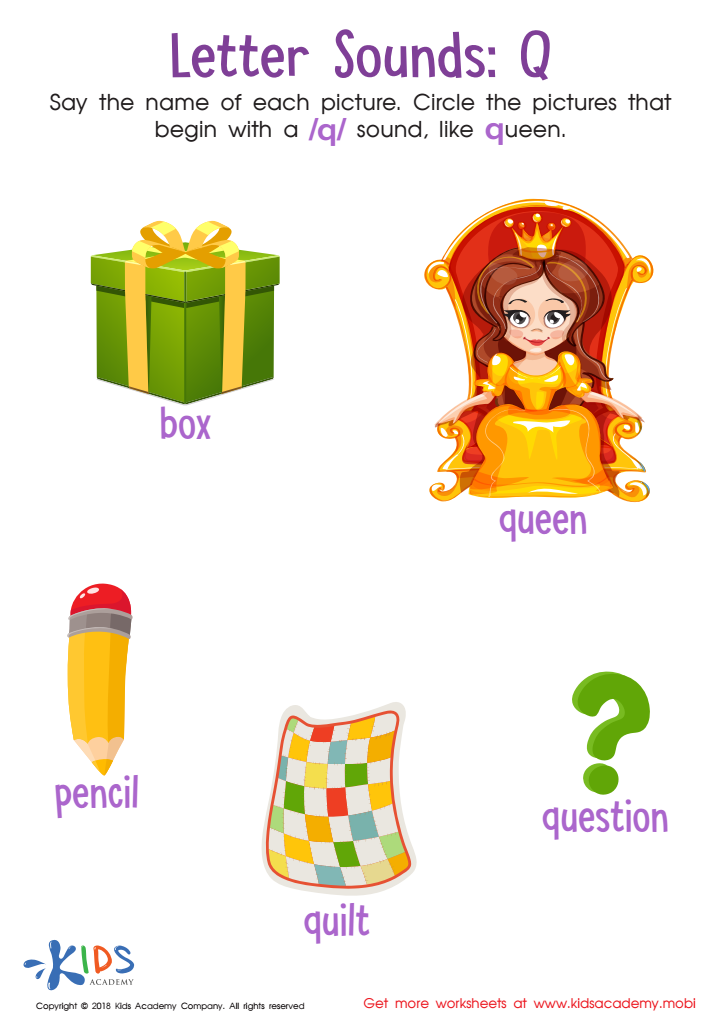

Letter Q Sounds Worksheet
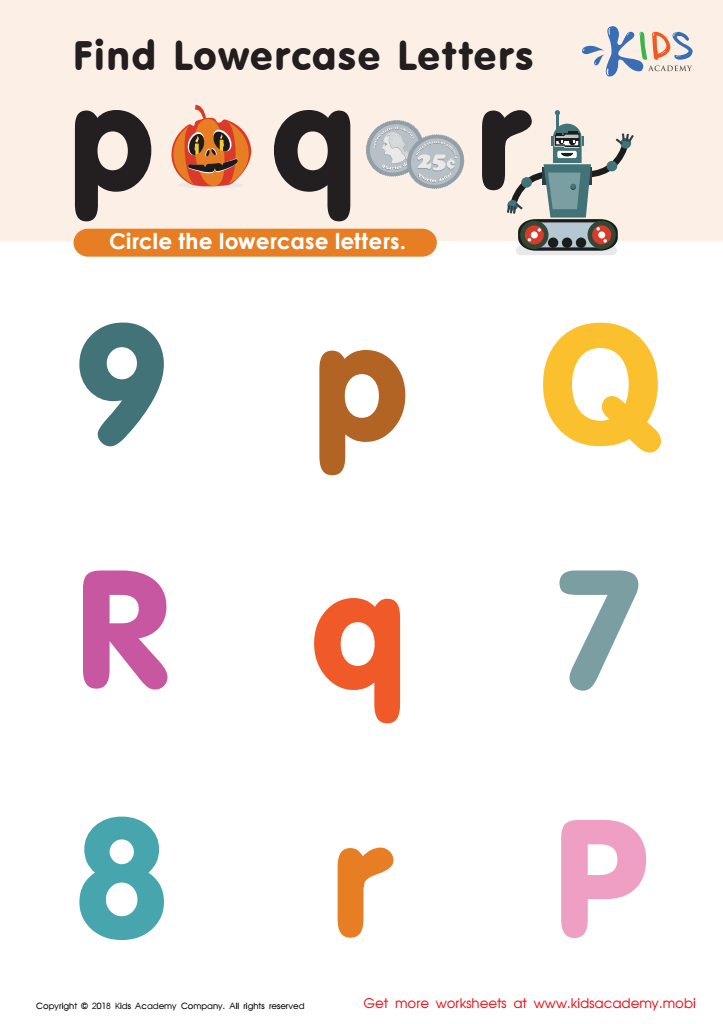

Find lowercase Letters p q r Worksheet
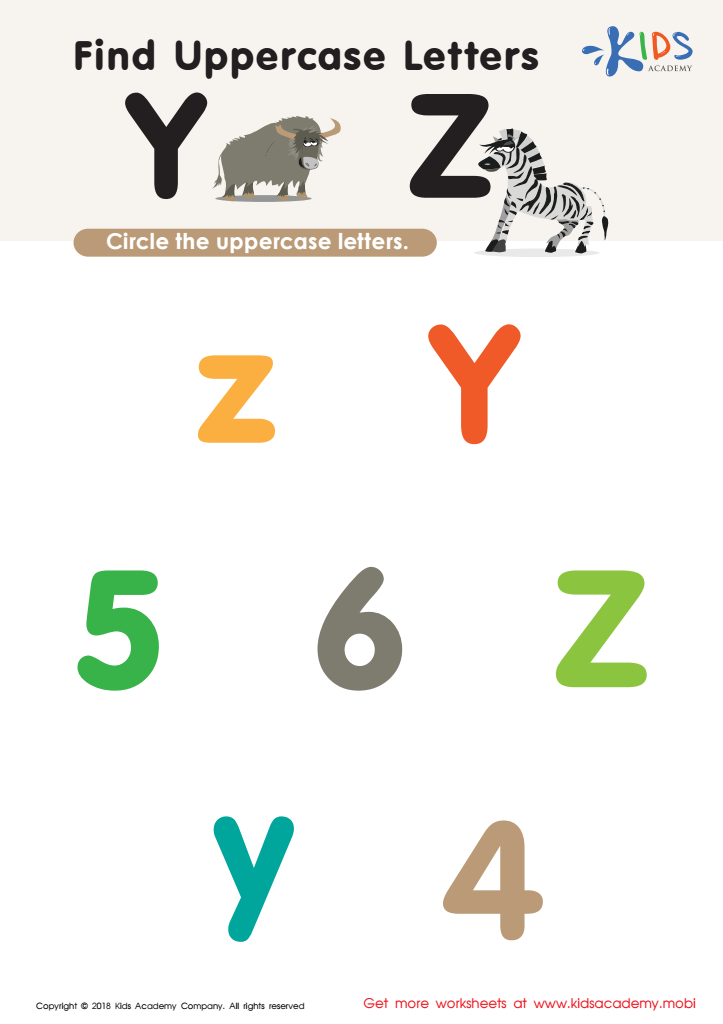

Find Uppercase Letters Y Z Worksheet
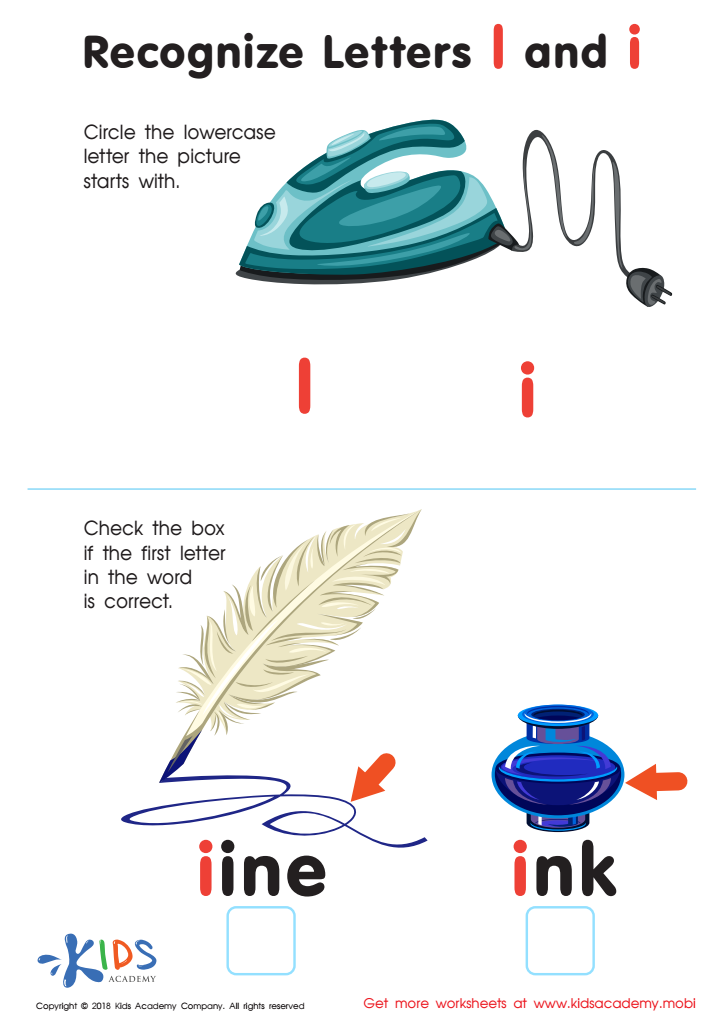

Recognize Letters l and i Worksheet
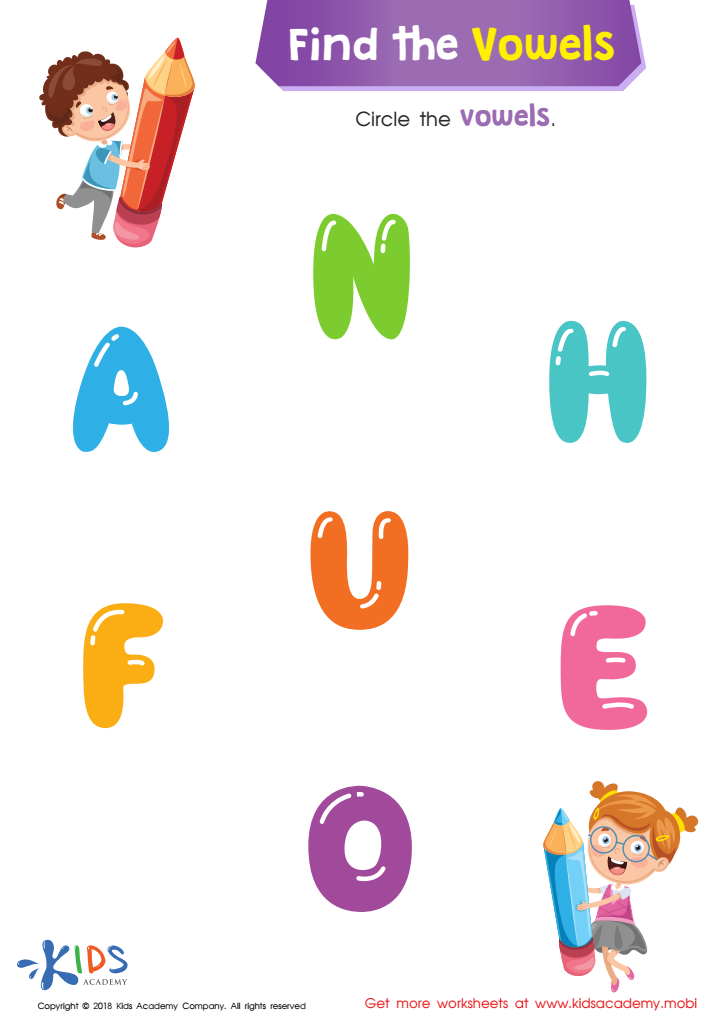

Find the Vowels Reading Worksheet
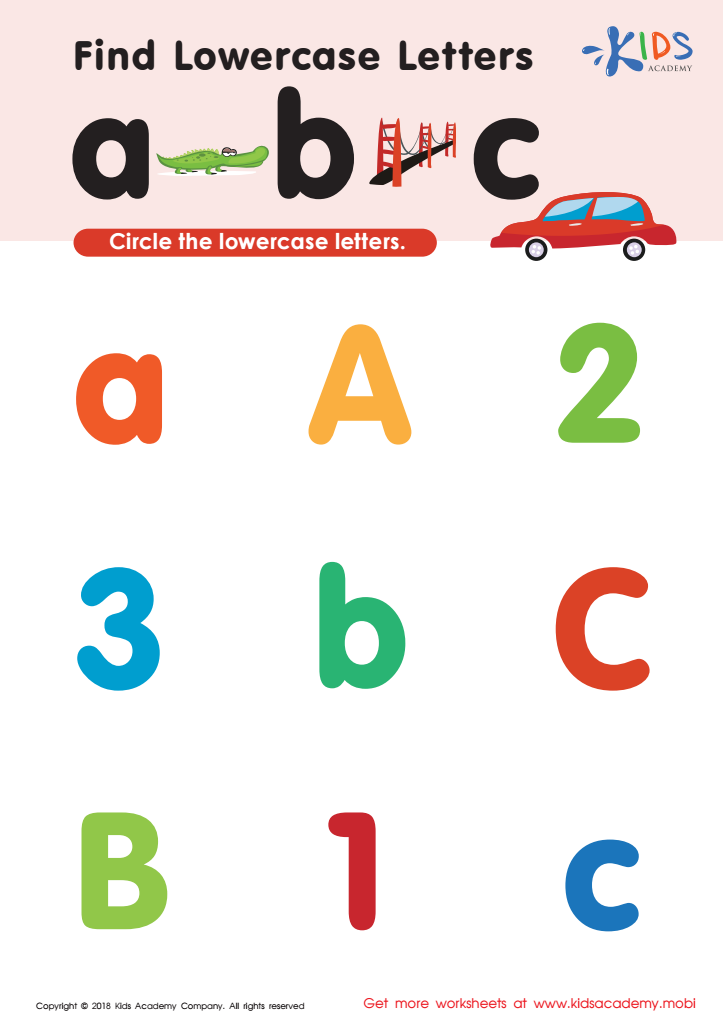

Find lowercase letters a b c Worksheet
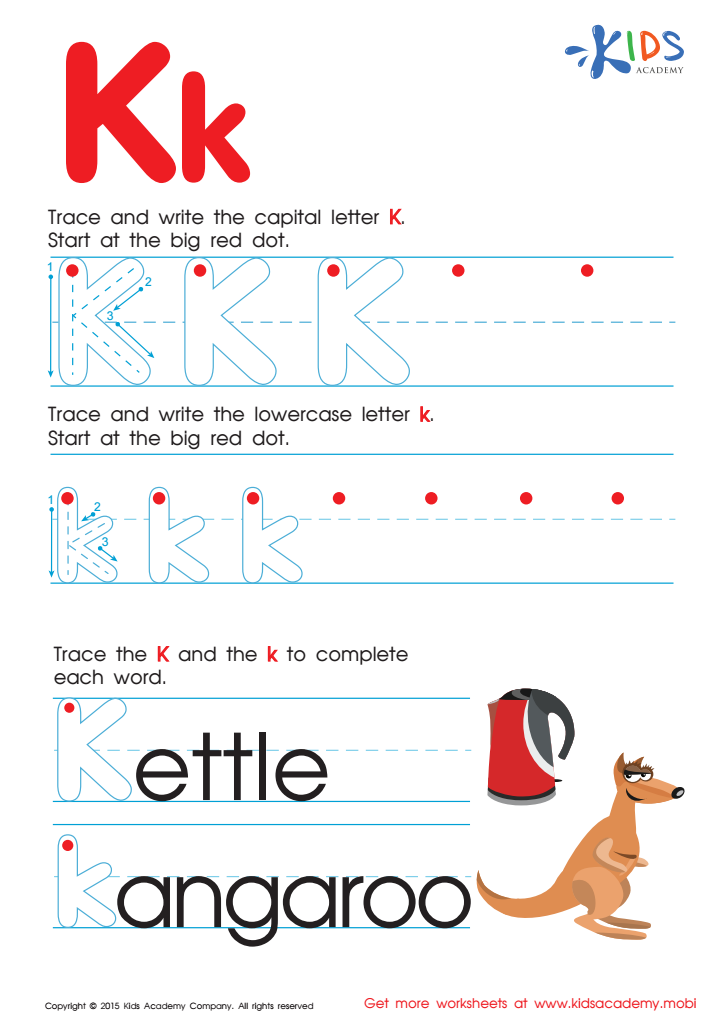

Letter K Tracing Page
Understanding the alphabet is crucial for children ages 5-9, forming the foundation for literacy, which influences their academic and future success. At this critical stage, young brains are exceptionally receptive to language input. Proficiency in the alphabet allows children to recognize letters and their corresponding sounds, a skill essential for reading and writing.
For parents and teachers, facilitating alphabet mastery ensures children can accurately decode words and construct sentences, promoting fluent reading and effective communication. Without this foundational skill, children might face significant literacy challenges, affecting their confidence and academic performance across all subjects. Recognizing letters also fosters phonemic awareness (the ability to hear, identify, and manipulate individual sounds), vital for spelling and comprehension.
Additionally, knowledge of the alphabet nurtures cognitive development, including memory, attention to detail, and logical thinking. These skills are harnessed in various learning contexts, such as mathematics and problem-solving. Regular and engaging alphabet-related activities build a positive attitude towards learning and reading. Consequently, a strong grip on the alphabet equips children with the tools necessary for educational achievements, fostering self-esteem and a lifelong love for learning. Hence, parents and teachers should avidly support and track children’s progress in alphabet understanding to maximize their academic preparedness and overall development.

 Assign to My Students
Assign to My Students


















